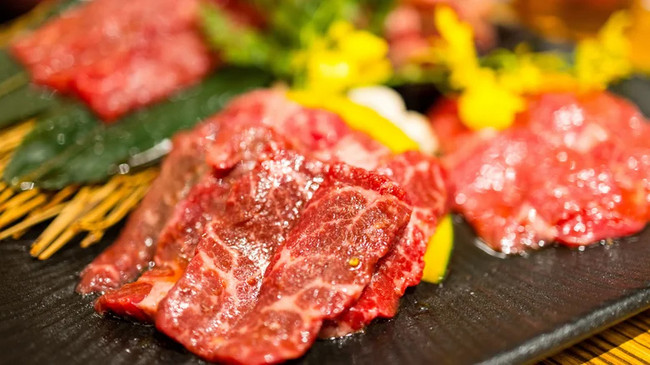✕

Column: industry Tag: Yakiniku,Hibachi,Grilling,Dining Experience Published: 2024-08-28 17:47 Source: www.mashed.com Author: EMILY SANDERS

Yakiniku and hibachi are both popular Japanese methods of grilling. However, they aren't the same thing. The biggest differences come down to who does the cooking and how the food is prepared.
In yakiniku-style grilling, diners are in charge. Seated around a small heated iron plate or a grill, patrons cook their choice of meats, vegetables, and seafood to their desired doneness and eat it immediately with a variety of sauces and seasonings, including tare, a Japanese dipping sauce made with soy sauce, mirin, brown sugar, and sake.
While yakiniku dining is relatively intimate, dinner at a hibachi restaurant is a more communal affair. Diners at hibachi restaurants are treated to an entertaining experience by a chef who cooks their meal in front of them with a distinctive flair, utilizing an array of flashy tricks. Instead of small griddles, hibachi chefs use large flat-top grills located in the center of the dining tables, giving them plenty of room to cook dishes such as steaks, chicken, seafood, vegetables, and rice.
Yakiniku-style cooking

In Japan, eating at a yakiniku restaurant is often reserved for special occasions like birthdays and celebrations. When diners arrive, they can order raw items that will be brought to them at the table, where iron griddles or mesh grills are installed above a heat source such as charcoal. Once it's hot enough, diners use tongs to place their food on the grill.
Although yakiniku literally means "grilled meat" in Japanese, the items available also include seafood and vegetables. However, when it comes to meat, diners have a wide variety of items to choose from, ranging from cuts of beef like top blade and sirloin to more obscure options such as tripe (the lining of the cow's first stomach) and cow's heart. Pork is also available, including ham, pork belly, and tongue. Common cuts of chicken such as breasts, wings, and thighs are often offer as well as chicken skin, hearts, and gizzards. Yakiniku diners may also encounter a selection of Vienna sausages, seafood, vegetables, and side dishes like Korean-style rice and noodles.
Hibachi-style performance

Historically, the term "hibachi" means different things in United States and Japan. What many Americans refer to as a hibachi grill is called a teppanyaki in Japan, with "teppan" meaning "iron plate" and "yaki" meaning "pan frying" or "grilling." In Japanese, "hibachi" translates to "fire bowl" and originally referred to a coal-heated cylindrical device, primarily used for heating hands and boiling water. It was only around 1800 that Japanese people began using their hibachis to cook.
Diners visiting any of the absolute best hibachi restaurants in the U.S. like Benihana, which has locations nationwide, should come hungry for both food and fun. Hibachi chefs train for six months to hone their culinary skills and learn to execute fancy, crowd-pleasing moves like constructing onion volcanos and catching shrimp in their pockets. Great hibachi chefs must be master entertainers who can crack a joke as deftly as they crack eggs.
After you are seated at a hibachi restaurant, be ready to order your protein and sides like fried rice and vegetables. Various sauces and condiments, including soy sauce, teriyaki sauce, ginger sauce, or spicy mayo may be available to complement your food, and the chef can personalize your dish to your taste, all while providing family-friendly entertainment. Although the menu may seem overwhelming, sticking to basics like chicken, beef, and seafood are a sure bet. See Mashed's suggestions for things you should (and shouldn't) order from a hibachi restaurant for more ways to ensure you have a great dining experience.
Previous:Dunkin's New Fall Drinks Check All The Boxes For Coffee Lovers
Next:How To Flavor Swiss Meringue Buttercream Frosting Without Breaking It
Hot key words
Hot Products
Popular Vendors